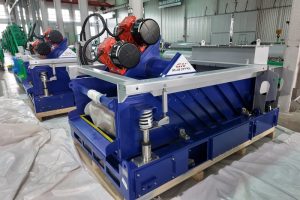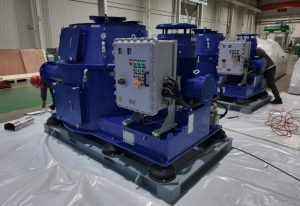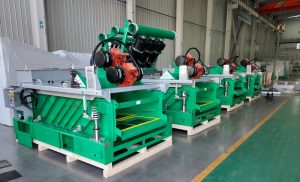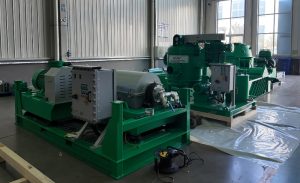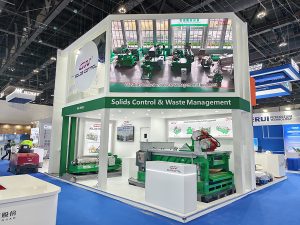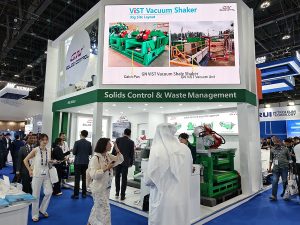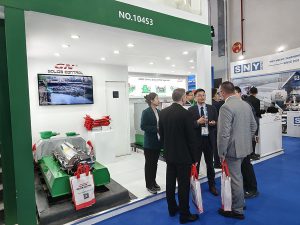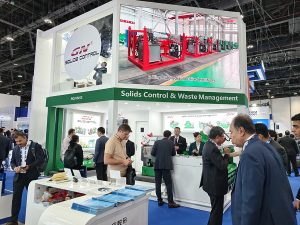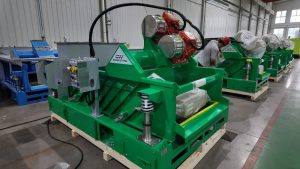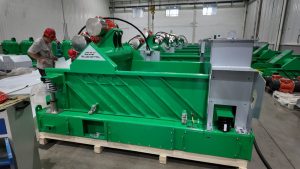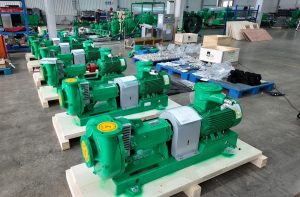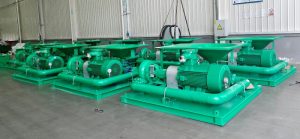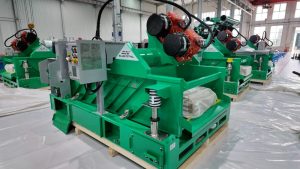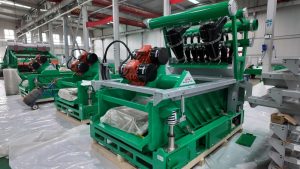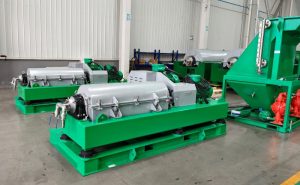The iron ore mining industry is a demanding environment, requiring robust and efficient equipment to handle the massive volumes of material processed daily. One of the key pieces of machinery in any iron ore processing plant is the vibrating screen. These screens are responsible for separating the valuable iron ore from waste materials, ensuring that only the desired product moves forward in the processing chain. Among the various types of vibrating screens available, the GN 5-Deck Stack Vibrating Screen stands out as a powerful and versatile solution, particularly for iron mines.
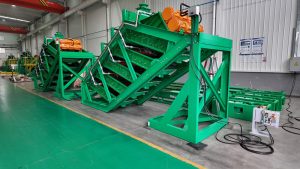
This advanced screening system offers several advantages that contribute to increased efficiency, reduced operational costs, and improved overall productivity. Let’s delve into the key features and benefits of the GN 5-Deck Stack Vibrating Screen and how it can revolutionize iron ore processing.
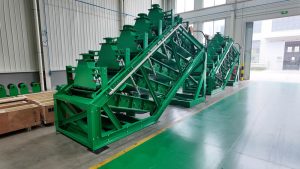
High Throughput Capacity: The GN 5-Deck Stack configuration allows for a significantly higher throughput capacity compared to screens with fewer decks. This means that more material can be processed in a shorter amount of time, leading to increased production rates. The precise figures will vary depending on the specific model and the characteristics of the ore, but generally, a 5-deck screen can handle a substantial volume of material.
Precise Separation: With five separate decks, the GN screen provides unparalleled accuracy in separating materials based on size. Each deck is equipped with a specific mesh size, allowing for the precise classification of different particle sizes. This is crucial for producing high-quality iron ore concentrate that meets the stringent requirements of the steel industry.
Reduced Waste: Efficient screening minimizes the amount of valuable iron ore that ends up in the waste stream. By accurately separating the ore from the gangue (unwanted material), the GN 5-Deck screen helps to maximize resource utilization and reduce environmental impact.
Durable Construction: Built to withstand the harsh conditions of iron ore mining, the GN screen is constructed from high-quality, wear-resistant materials. This ensures a long lifespan and minimizes downtime due to maintenance or repairs. The robust design is engineered to handle the constant vibration and abrasive nature of iron ore.
Optimized Performance: The vibrating mechanism is carefully engineered to provide optimal screening performance. The vibration amplitude and frequency can be adjusted to suit the specific characteristics of the ore being processed, further enhancing efficiency and accuracy.
Cost-Effectiveness: While the initial investment in a GN 5-Deck Stack Vibrating Screen may be higher than for simpler screening systems, the long-term benefits often outweigh the costs. The increased throughput, reduced waste, and lower maintenance requirements contribute to significant cost savings over the lifespan of the equipment.
Customization: GN typically offers customization options to tailor the screen to the specific needs of a particular iron mine. This includes variations in deck configuration, mesh size, and overall dimensions.
The GN 5-Deck Stack Vibrating Screen finds application in various stages of iron ore processing, including:
Primary Screening: Separating large rocks and oversized material from the raw ore.
Secondary Screening: Classifying the ore into different size fractions for further processing, such as crushing or grinding.
Final Screening: Producing the final iron ore concentrate that is ready for shipment to steel mills.
The GN 5-Deck Stack Vibrating Screen is a valuable asset for any iron ore mine looking to improve efficiency, reduce costs, and maximize resource utilization. Its high throughput capacity, precise separation capabilities, and durable construction make it a reliable and effective solution for the demanding requirements of the iron ore industry. By investing in this advanced screening technology, iron mines can optimize their operations and contribute to a more sustainable and profitable future.
